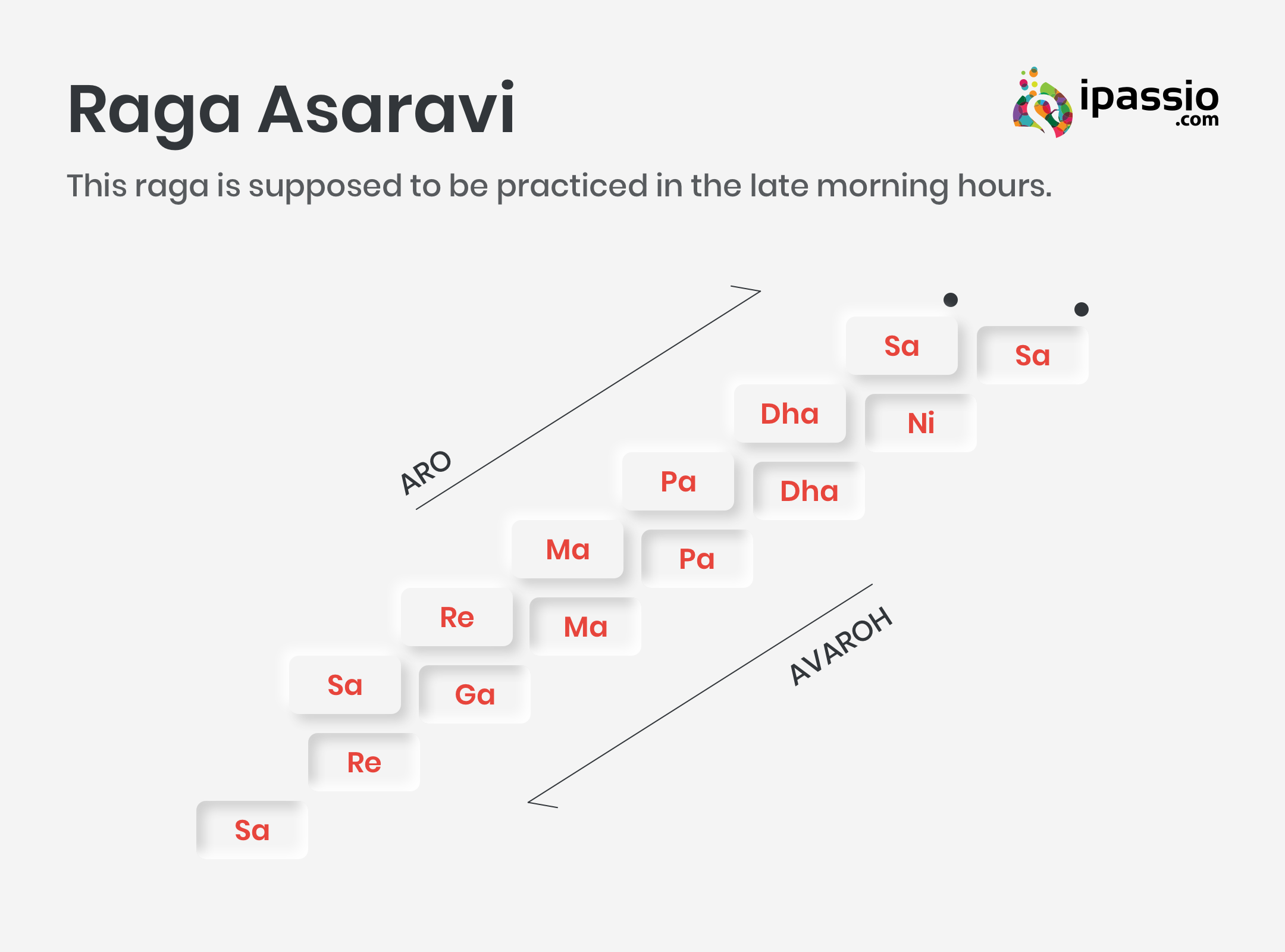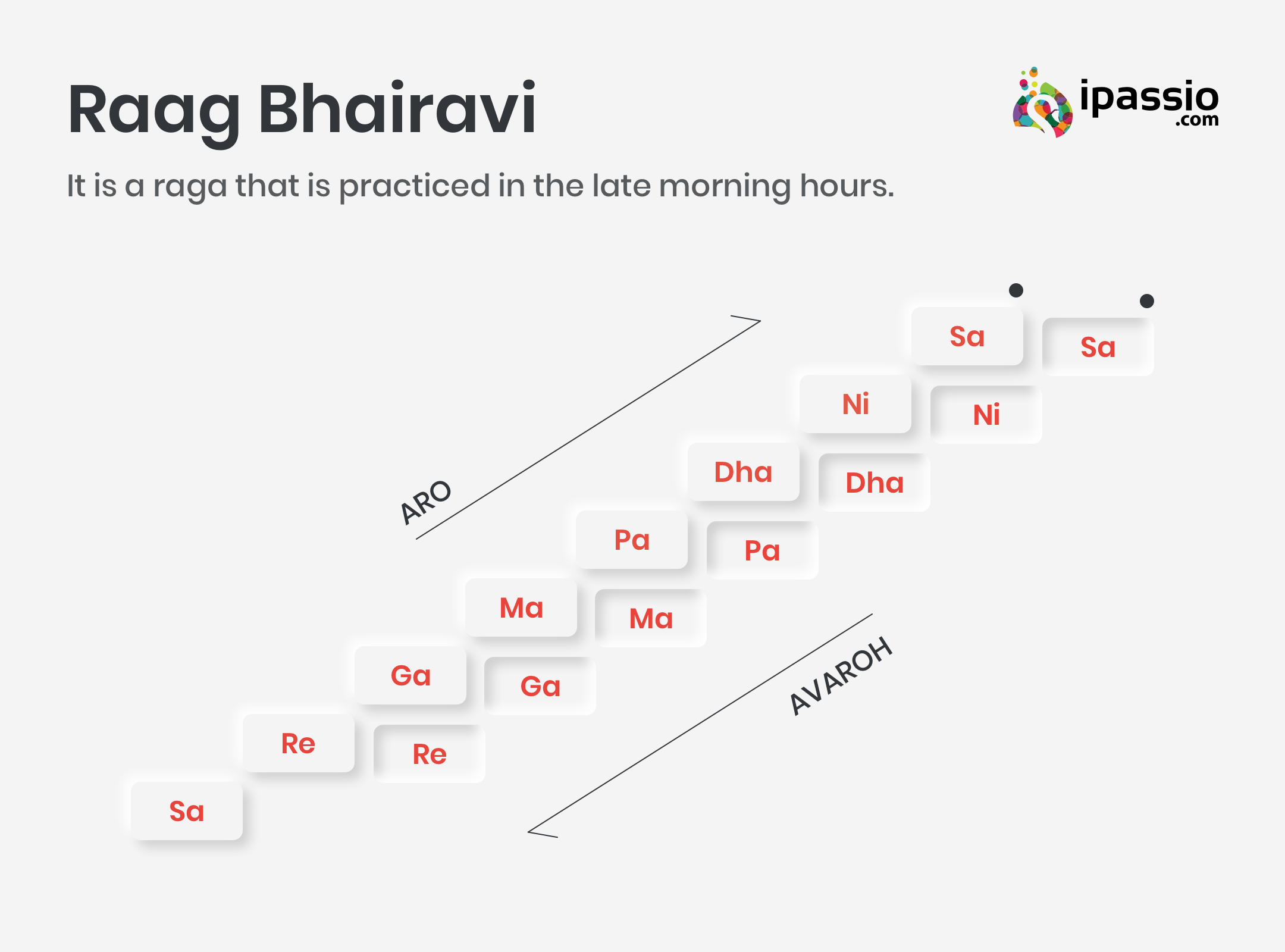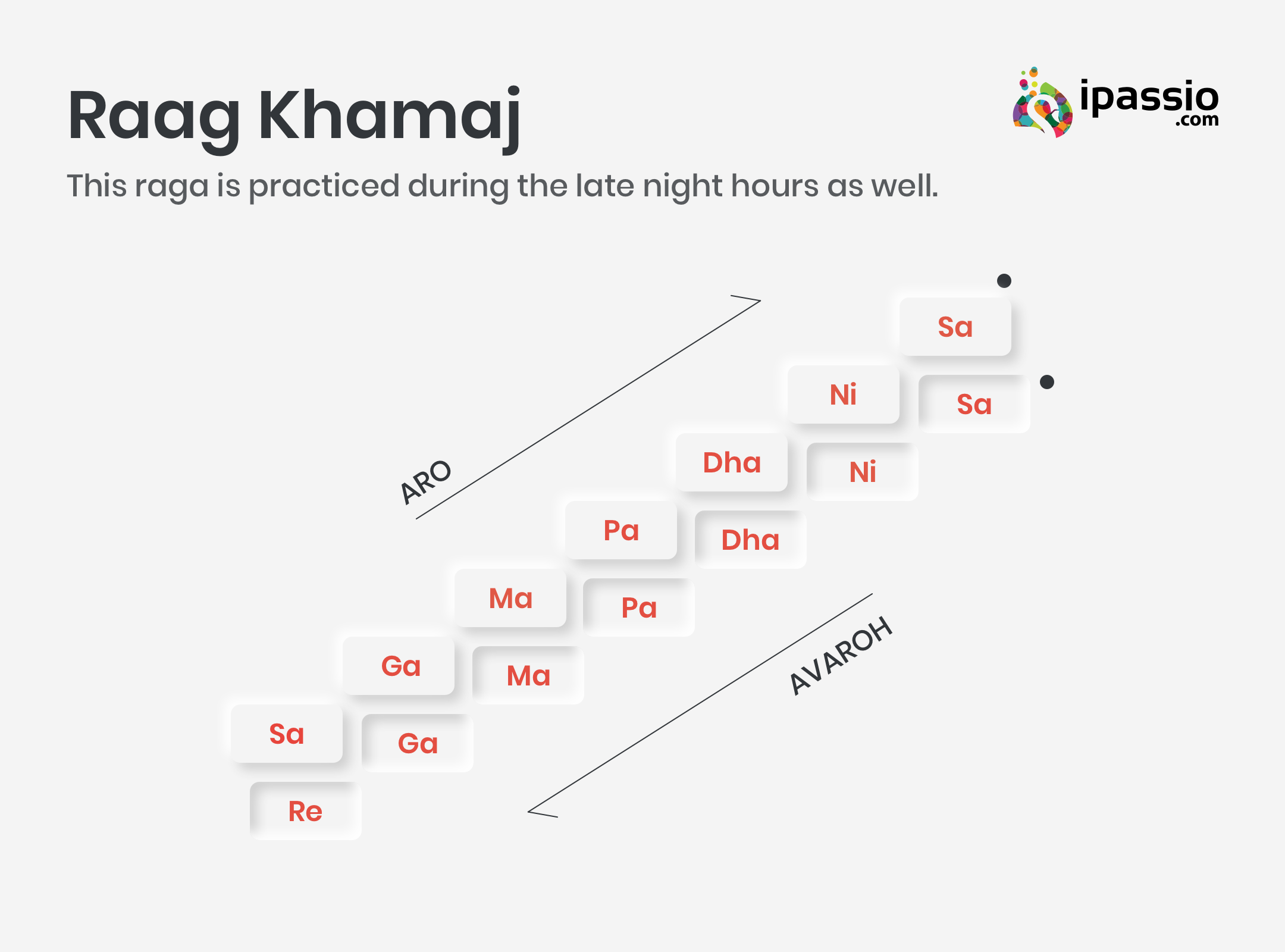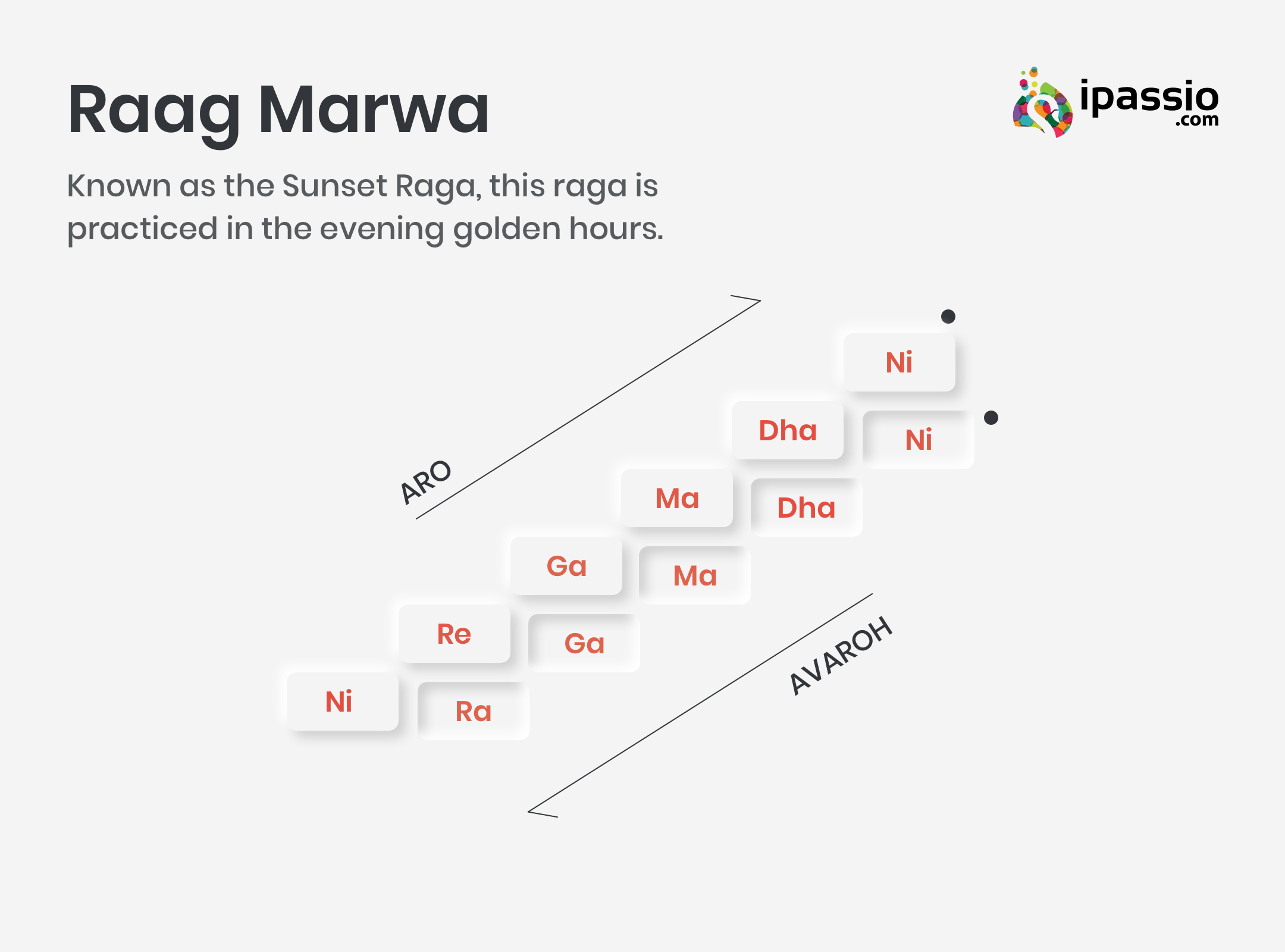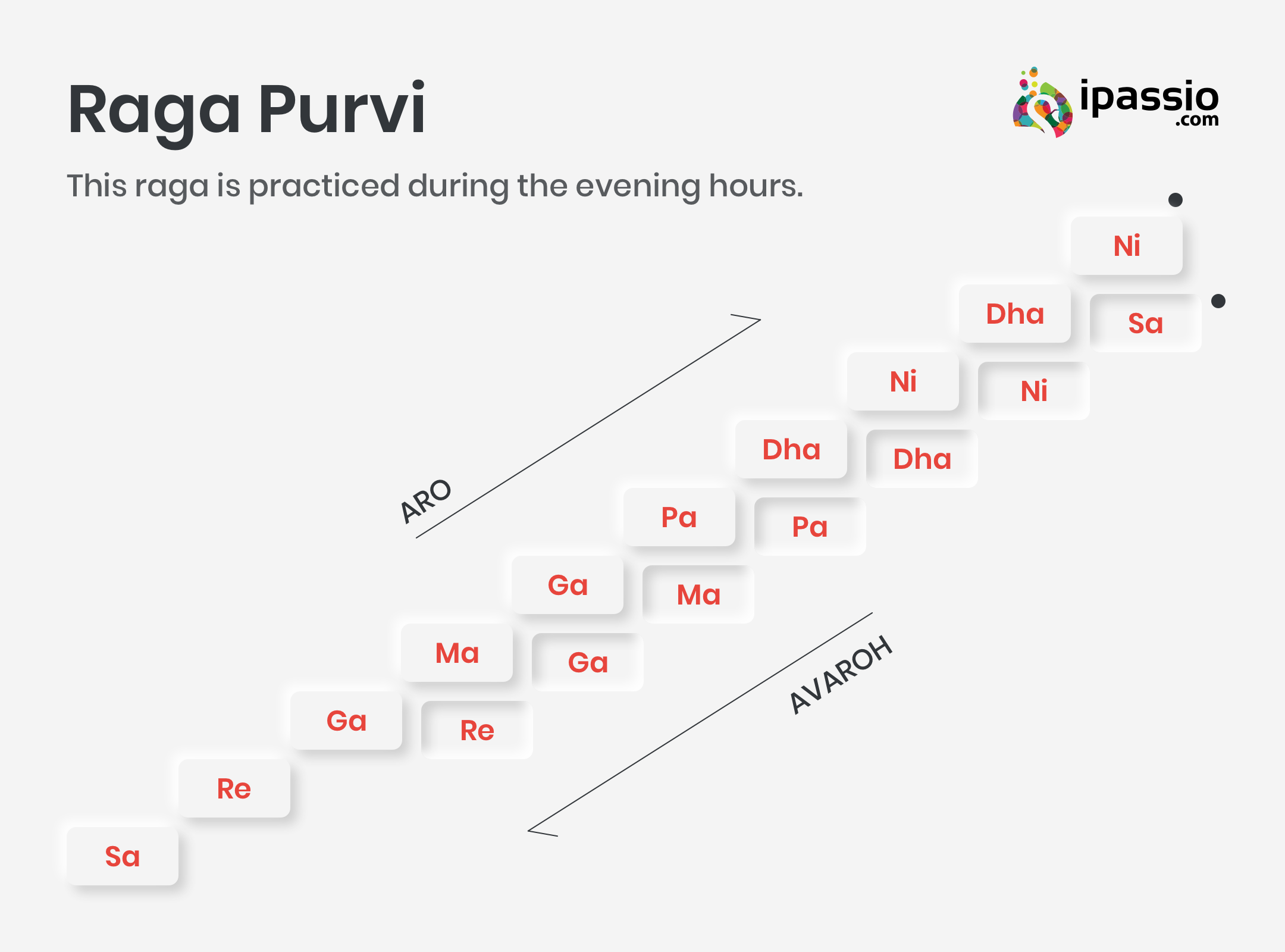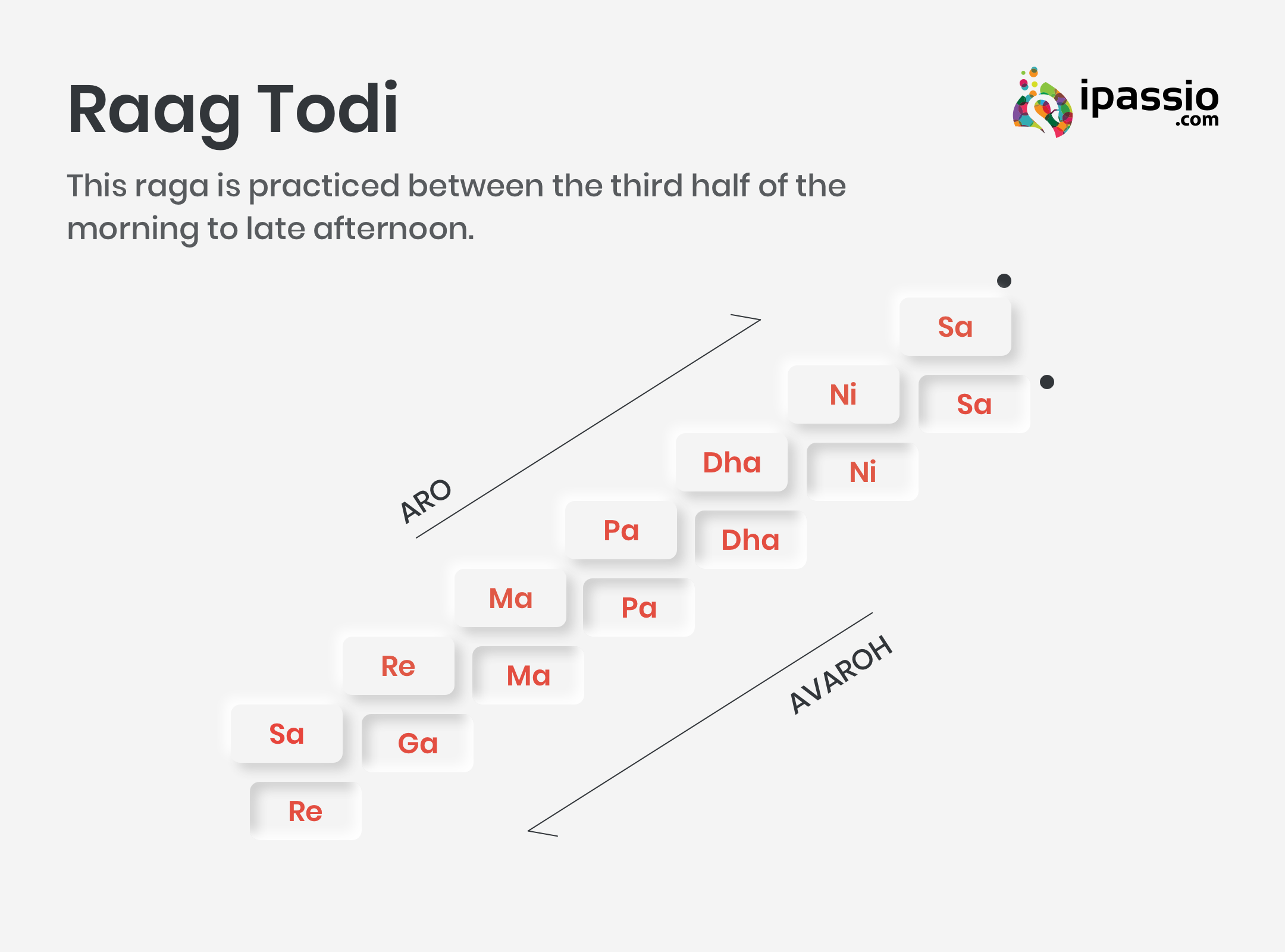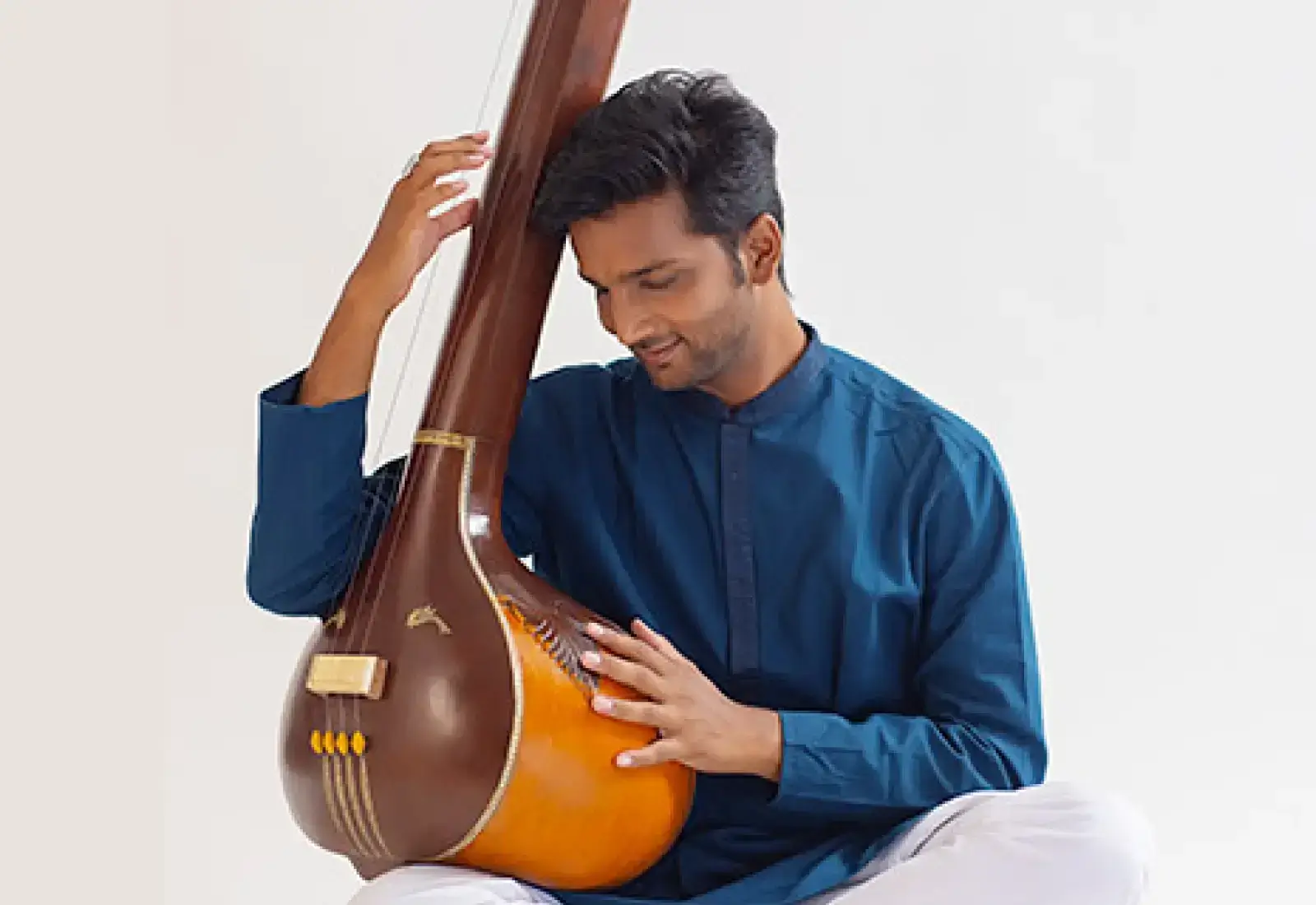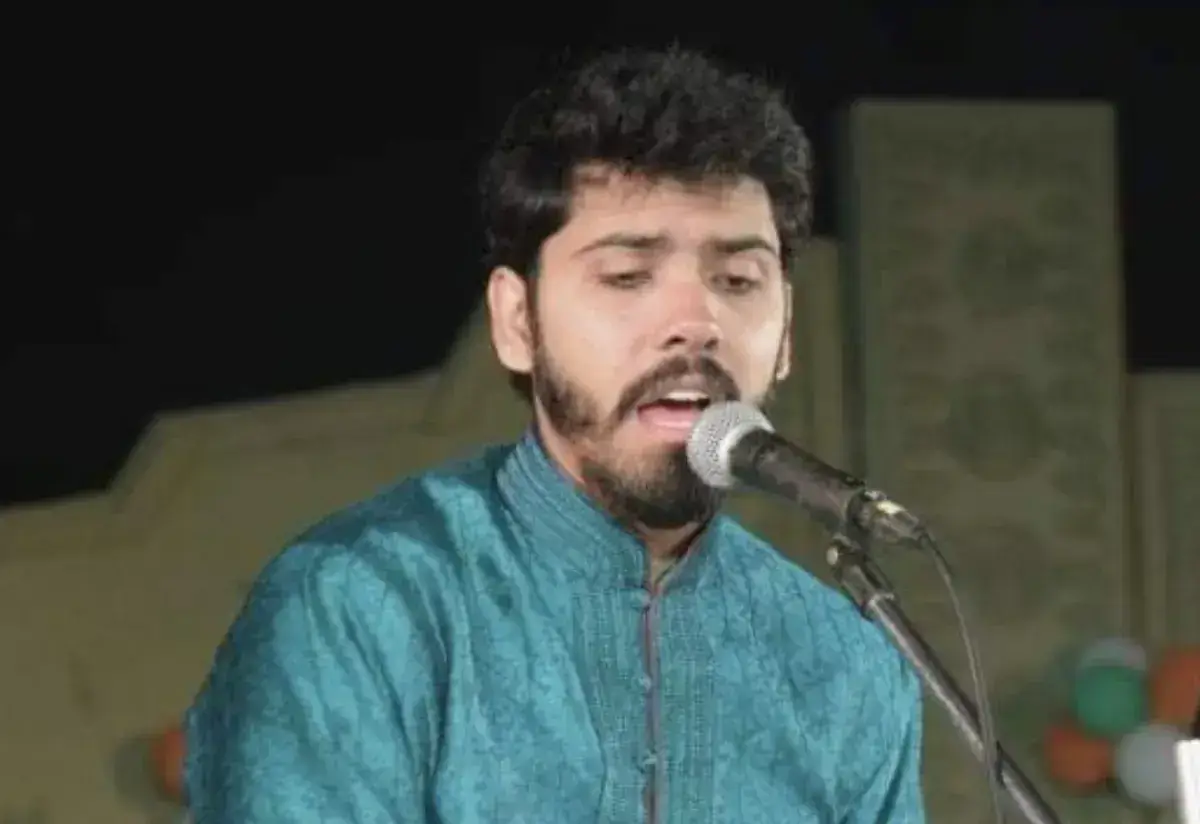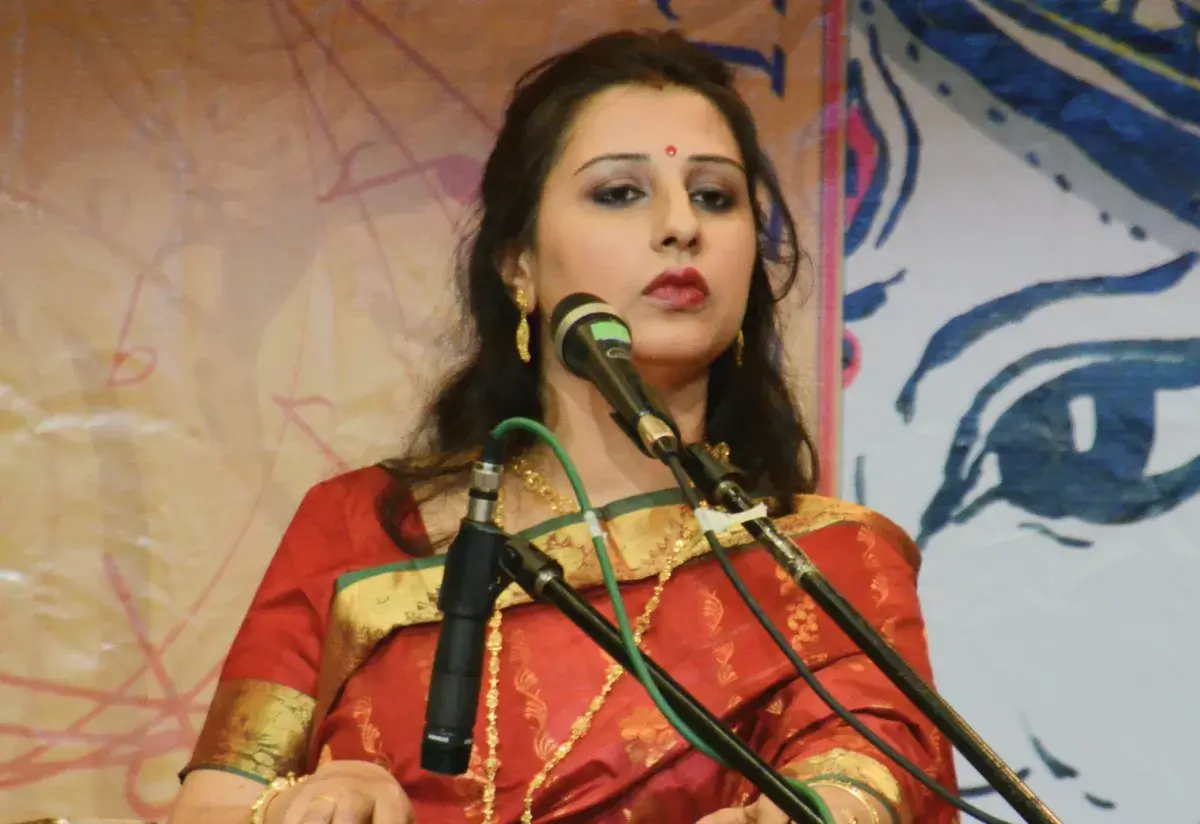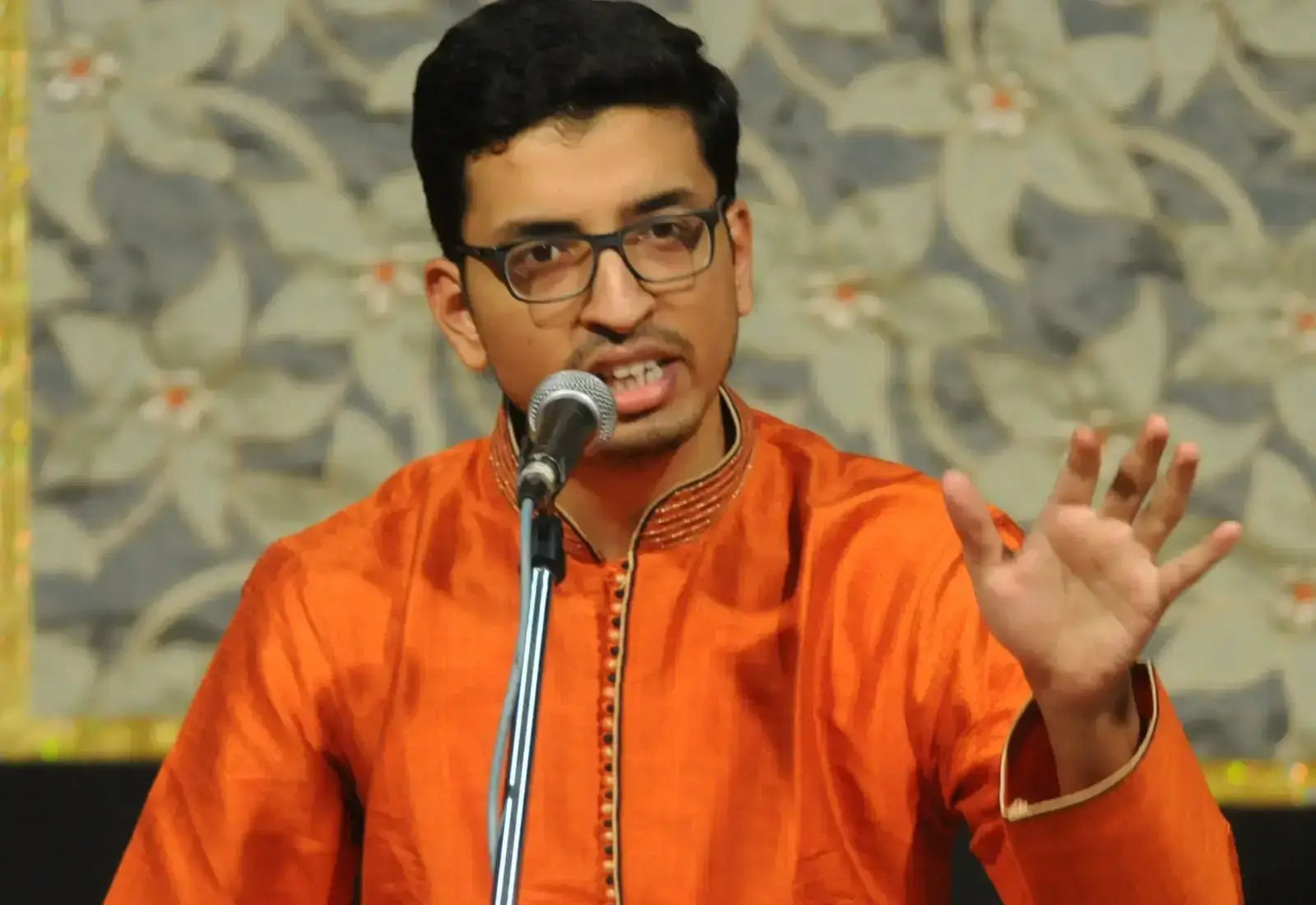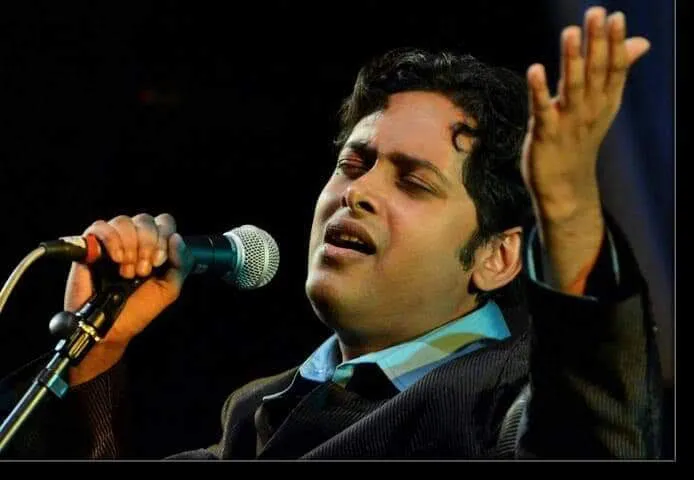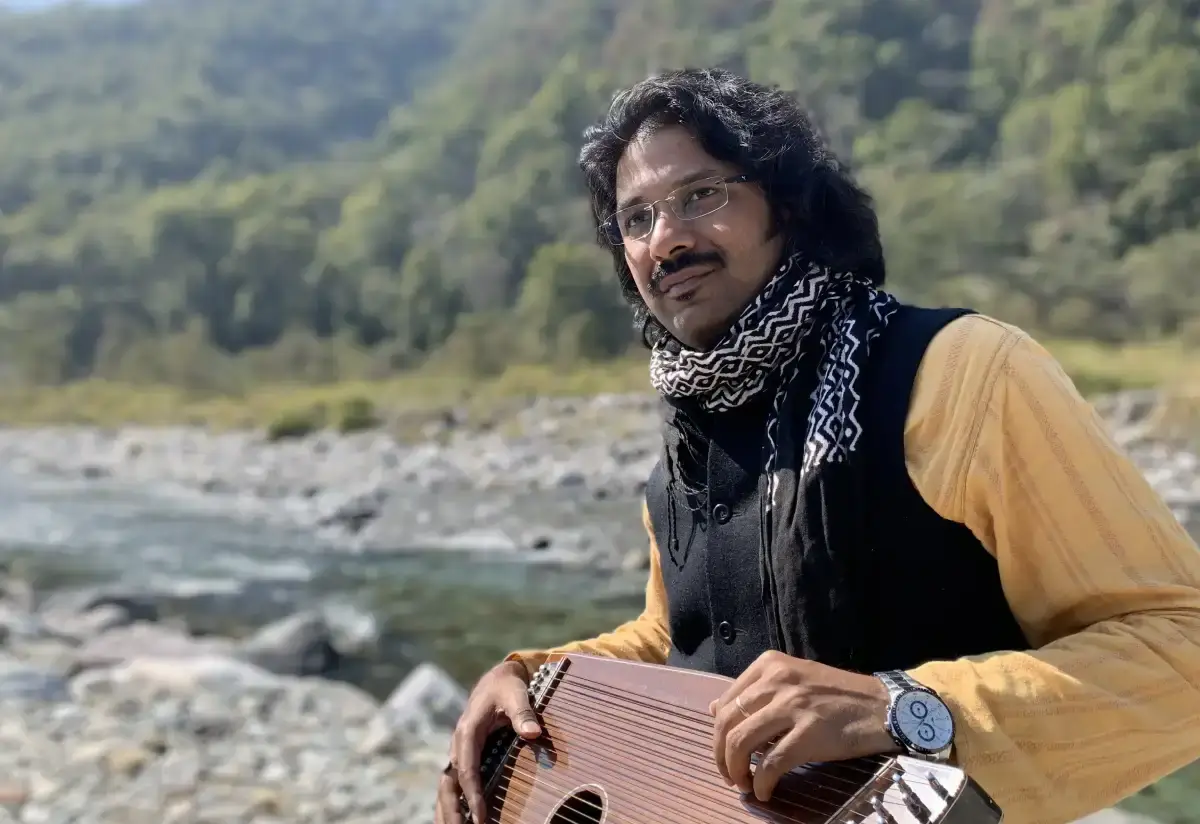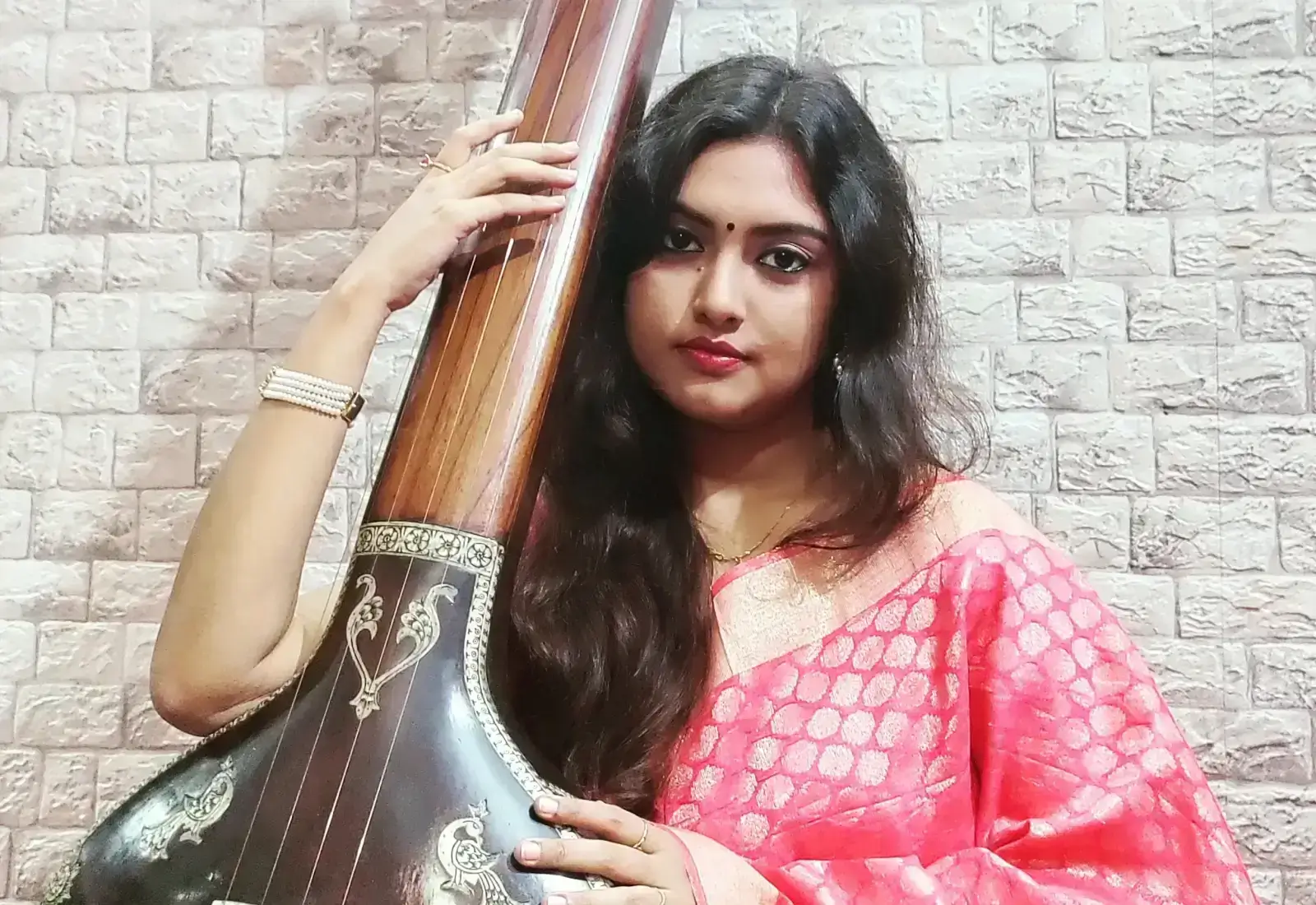Breaking down Ragas, one note at a time (Part II): Hindustani Classical Music
India is a beautiful cultural hub - an array of diverse genres of music, with each part of the country having a unique musical heritage.
Hindustani Classical Music is one of such genres - predominantly practiced in the Northern parts of India.
This genre of music has given rise to famous musicians and singers like Ravi Shankar, Bhimsen Joshi, Hariprasad Chaurasia, and so on.
Now, in our previous article, we spoke about the importance of Ragas and their classification in Carnatic Music.
In this article, we will be breaking down Ragas in Hindustani Classical Music.
But before we proceed, let’s take a short recap on
What are Ragas?
Ragas are frameworks of keynotes - a set of musical notes put together in a singing pattern - that denote them.
The ascending and descending order of these musical notes is the same in Hindustani and Carnatic music.
When arranged in ascending order of their notes, the Ragas are in an aroh pattern.
When the notes are arranged in a descending fashion, they are in an avaroh pattern.
It is also important to remember that these ragas are usually suggested to be practiced at certain hours of the day.
In Carnatic music, Ragas are classified based on their Swaras whereas, in Hindustani Music, Ragas are arranged according to their Thaat. Now,
What is a Thaat?
Thaat is similar to a Parent Raga - it is a group of musical notes and there are ten different assortments of ragas based on it.
Now Thaats are sung in a specific way - depending on the kind of raga they are covering. This practice is called Pakkad.
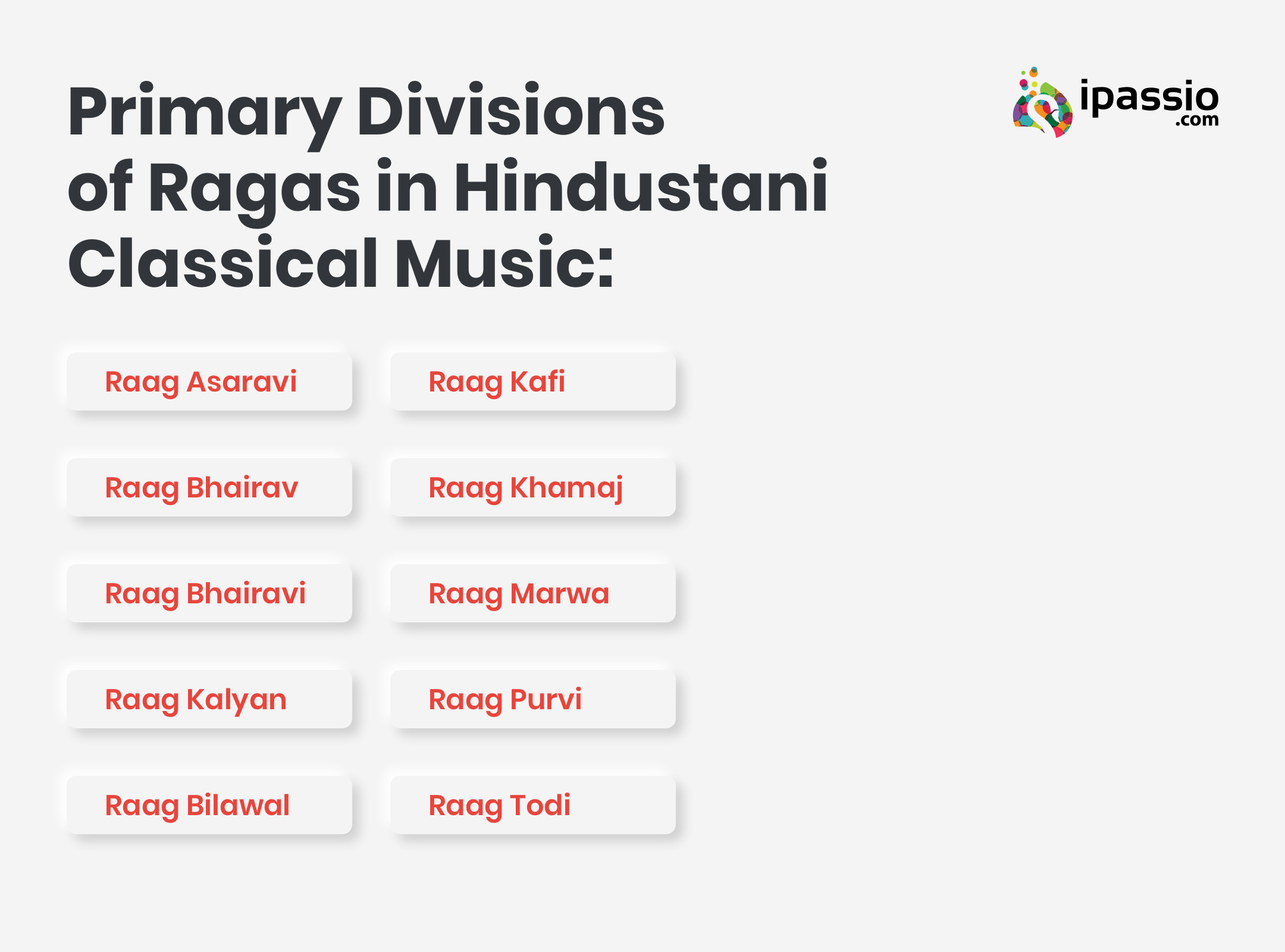 These primary divisions of Ragas are:
These primary divisions of Ragas are:
- Raag Asaravi
- Raag Bhairav
- Raag Bhairavi
- Raag Bilawal
- Raag Kafi
- Raag Kalyan
- Raag Khamaj
- Raag Marwa
- Raag Purvi
- Raag Todi
1. Raag Asaravi
Raag Asaravi is a parent raga, consisting of all the seven musicals notes but arranged in a different pattern.
This raga is usually supposed to be practiced in the late morning hours.
In the ascending order, it has 5 musical notes in a haphazard manner: ‘Sa’- ‘Re’ - ‘Ma’- ‘Pa’ - ‘Dha’
But in its descending order, it has all the 7 musical notes present in a different order: ‘Na’ - ‘Dha’ - ‘Pa’ - ‘Ma’ - ‘Pa’ - ‘Dha’- ‘Ma’- ‘Pa’ - ‘Ga’ - ‘Re’ - ‘Sa’.
2. Raag Bhairav
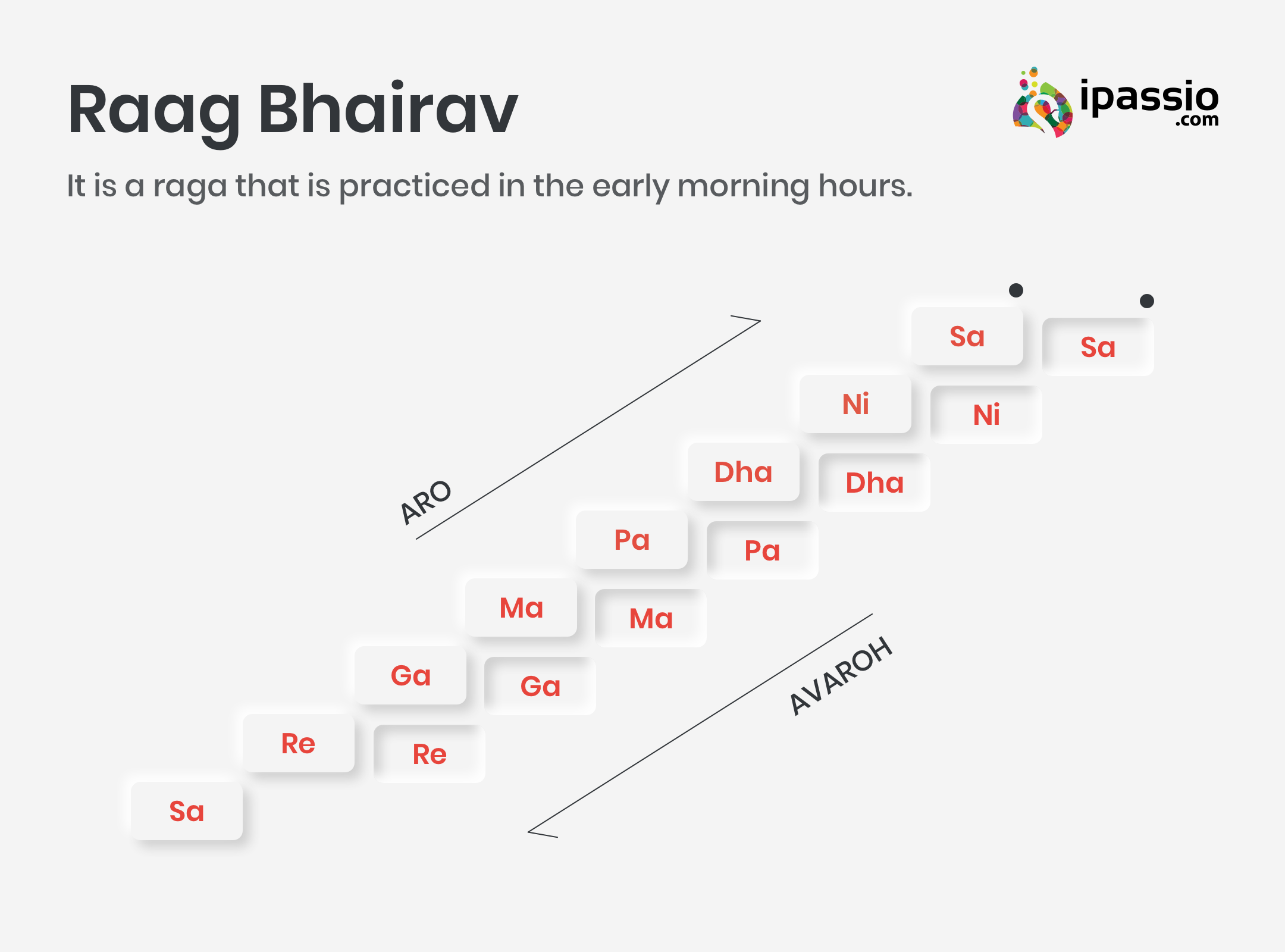
Raag Bhairav is a raga that is equally and evenly paced through its singing patterns.
Such ragas are suggested to be practiced in the early morning hours - usually, it’s the first raga your begin your practice with.
It is also nicknamed the “King of the morning ragas” too - it is considered to be a masculine raga.
In its ascending order, Raag Bhairav is arranged in this order: ‘Sa’- ‘Re’ - ‘Ga’ - ‘Ma’ - ‘Pa’ - ‘Dha’ - ‘Ni’.
In its descending order, it’s arranged as: ‘Sa’ - ‘Ni’ - ‘Dha’ - ‘Pa’ - ‘Ma’ - ‘Ga’ - ‘Re’.
3. Raag Bhairavi
Raag Bhairavi is again, another assortment of the raga that is equally and evenly paced through its singing patterns.
Usually termed as the feminine alternate of the Raag Bhairav, it is the opposite of its counterpart.
This is because Raag Bhairavi is practiced in the late morning hours.
This is also the last raga you practice for the day.
In its ascending order, Raag Bhairavi is aligned in this pattern: ‘Sa’- ‘Re’ - ‘Ga’ - ‘Ma’ - ‘Pa’ - ‘Dha’ - ‘Ni’.
In its descending order, it’s arranged as: ‘Sa’ - ‘Ni’ - ‘Dha’ - ‘Pa’ - ‘Ma’ - ‘Ga’ - ‘Re’.
4. Raag Bilawal
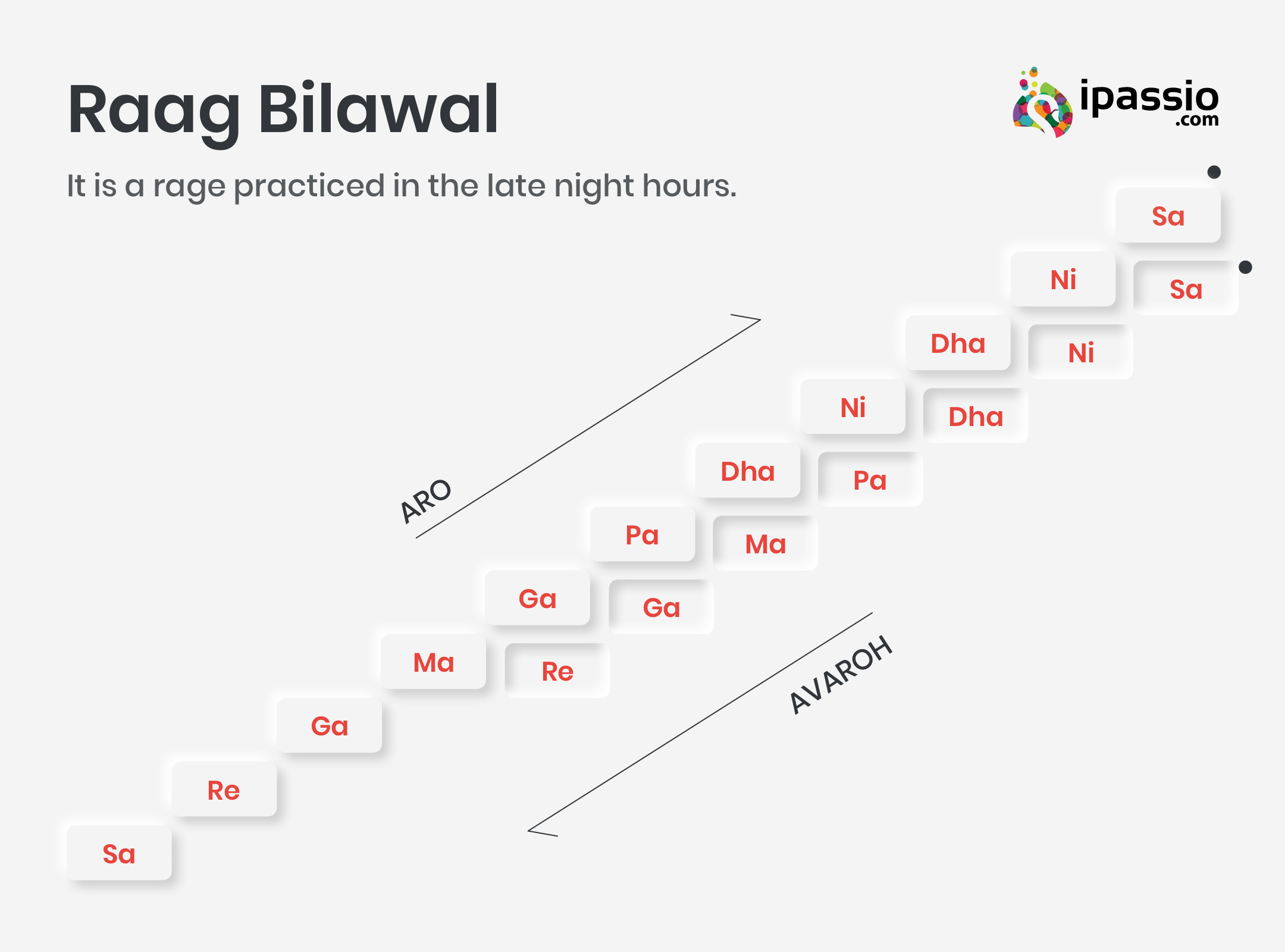
Raag Bilawal is a parent raga that has its musical notes arranged randomly.
This raga is typically supposed to be practiced in late-night hours and is the raag that is popular in the Indian genre of music - ghazals.
In the ascending order, it has the following arrangement: ‘Sa’- ‘Re’ - ‘Ga’- ‘Ma’ - ‘Ga’ - ‘Pa’- ‘Dha’ - ‘Ni’- ‘Dha’ - ‘Ni’
And in its descending order, it has the following: ‘Sa’ - ‘Ni’ - ‘Dha’ - ‘Pa’ - ‘Ma’ - ‘Ga’ - ‘Re’.
5. Raag Kafi
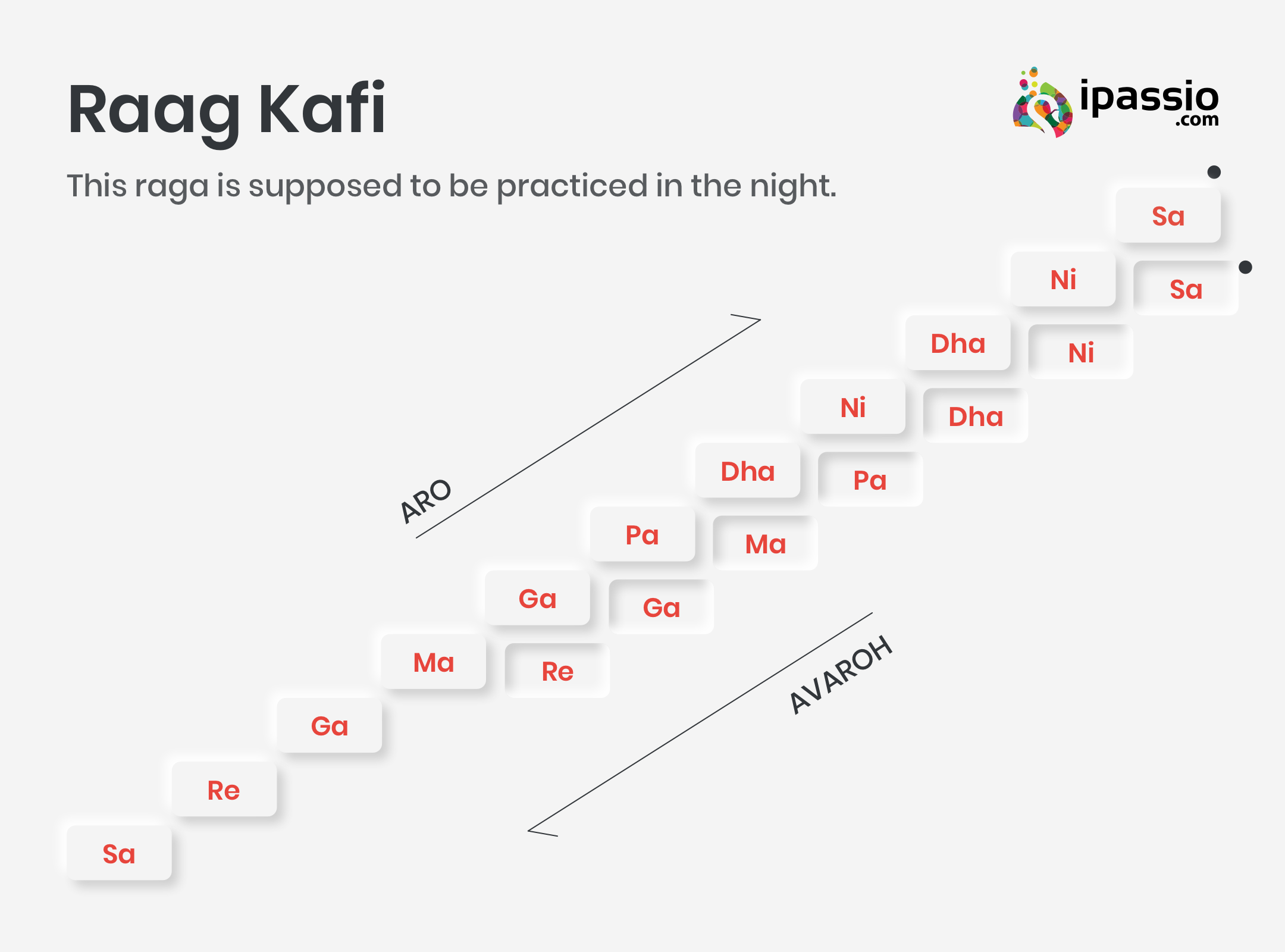
Raag Kafi is the Hindustani equivalent of the Carnatic Raga Kharaharapriya.
It is equally paced in its singing patterns and is one of those ragas that form the foundation from which smaller ragas are made.
This parent raga, like Raag Bhairav, is supposed to be practiced at night.
In the ascending order, it is arranged as: ‘Sa’- ‘Re’ - ‘Ga’- ‘Ma’ - ‘Ga’ - ‘Pa’- ‘Dha’ - ‘Ni’- ‘Dha’ - ‘Ni’
And in its descending order, it reflects as ‘Sa’ - ‘Ni’ - ‘Dha’ - ‘Pa’ - ‘Ma’ - ‘Ga’ - ‘Re’.
6. Raag Kalyan
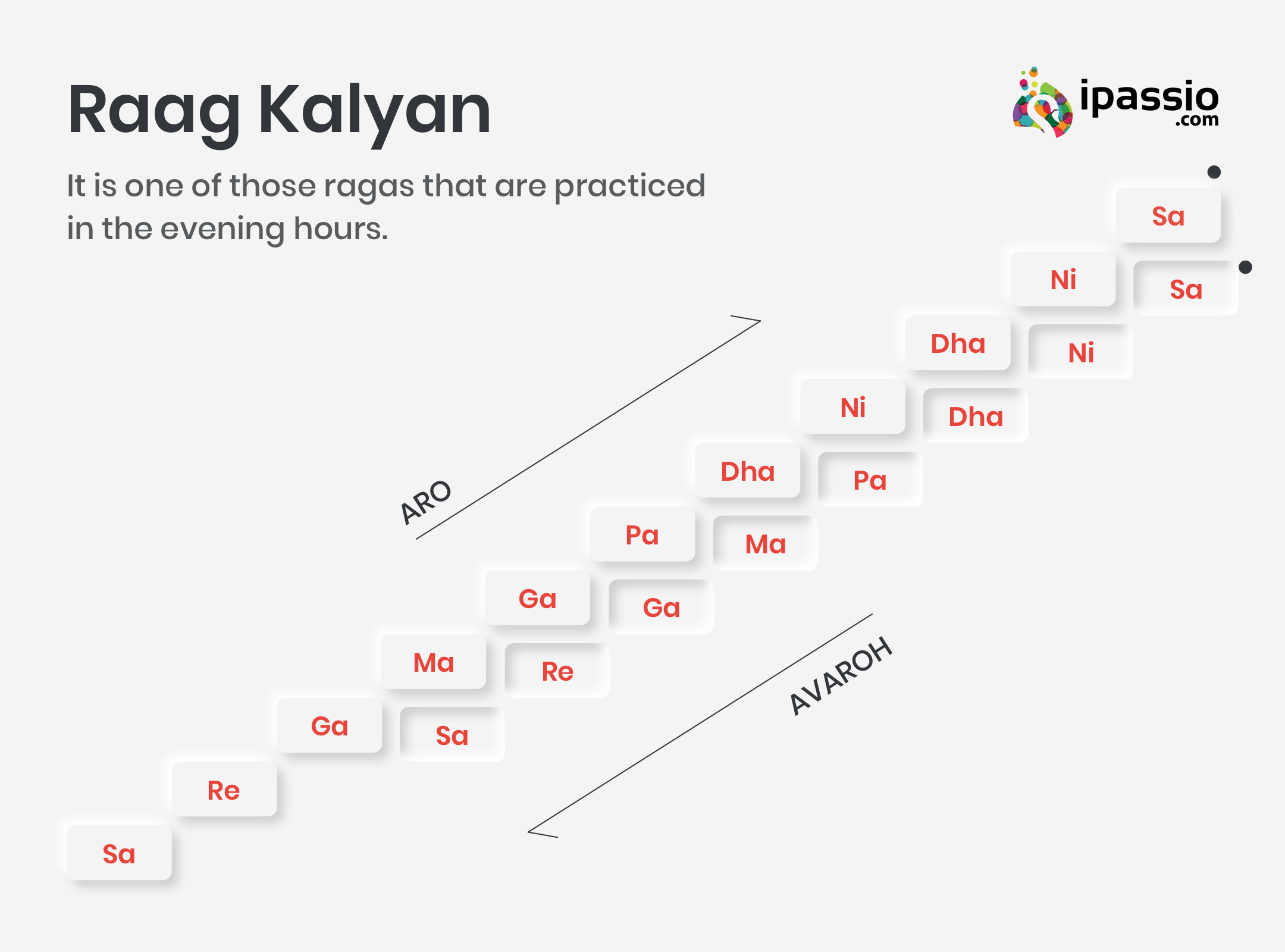
Raag Kalyan is a raga that is particularly practiced in devotional songs and its name derived the meaning - ‘blessing’.
It is also one of the most important ragas that fall under those practiced in the evening hours.
It is also one of those ragas that have all the seven musical notes, equally aligned and arranged.
In the ascending order, it is arranged as: ‘Sa’- ‘Re’ - ‘Ga’- ‘Ma’ - ‘Ga’ - ‘Pa’- ‘Dha’ - ‘Ni’- ‘Dha’ - ‘Ni’
And in its descending order, it reflects as ‘Sa’ - ‘Ni’ - ‘Dha’ - ‘Pa’ - ‘Ma’ - ‘Ga’ - ‘Re’.
7. Raag Khamaj
Raag Khamaj is a raga that is considered to be a light-hearted one, very popular in the Indian musical genre of thumris.
It is also one of the most important ragas that fall under those that are practiced in the late-night hours.
It is also one of those ragas that have a shorter ascending pattern and a longer descending pattern.
In the ascending order, it is arranged as ‘Sa’- ‘Ga’ - ‘Ma’- ‘Pa’ - ‘Dha’ - ‘Ni’.
And in its descending order, it reflects as ‘Sa’ - ‘Ni’ - ‘Dha’ - ‘Pa’ - ‘Ma’ - ‘Ga’ - ‘Re’.
8. Raag Marwa
In this assortment of ragas, the fifth musical note or the pancham note is omitted.
It is also known as the Sunset Raga because it’s usually sung in the evening golden hours of the day.
In the ascending order, it is arranged as ‘Ni’- ‘Re’ - ‘Ga’- ‘Ma’ - ‘Dha’ - ‘Ni’.
And in its descending order, it reflects as ‘Ni’ - ‘Dha’ - ‘Ma’ - ‘Ga’ - ‘Re’.
9. Raag Purvi
Similar to Raag Bhairav in terms of pattern, Raag Purvi is a seven-musical note raag.
It is also one of the important ragas that are practiced during the evening hours or at the end of the day.
In the ascending order, it is arranged as: ‘Sa’- ‘Re’ - ‘Ga’- ‘Ma’ - ‘Ga’ - ‘Pa’- ‘Dha’ - ‘Ni’- ‘Dha’ - ‘Ni’
And in its descending order, it reflects as ‘Sa’ - ‘Ni’ - ‘Dha’ - ‘Pa’ - ‘Ma’ - ‘Ga’ - ‘Re’.
10. Raag Todi
Raag Asaravi is one of those ragas that are consisting of all the seven musicals notes but arranged in a back and forth pattern.
This raga is usually supposed to be practiced between the third half of the morning to early afternoon.
In the ascending order, it is arranged in this manner: ‘Sa’- ‘Re’ - ‘Ma’- ‘Pa’ - ‘Dha’- ‘Ni’
And in its descending order, it is in the following order: ‘Sa’ - ‘Ni’ - ‘Dha’ - ‘Pa’ - ‘Ma’ - ‘Ga’ - ‘Re’.
Those were the different Ragas in Hindustani Classical Music explained in detail and if you wish to learn more about the genre, explore ipassio’s online singing classes that are available for both, musical instruments, as well as vocals. Sign up for our lessons that are taught OnliVe (Online + Live), exclusively, on a 1-on-1 basis.


